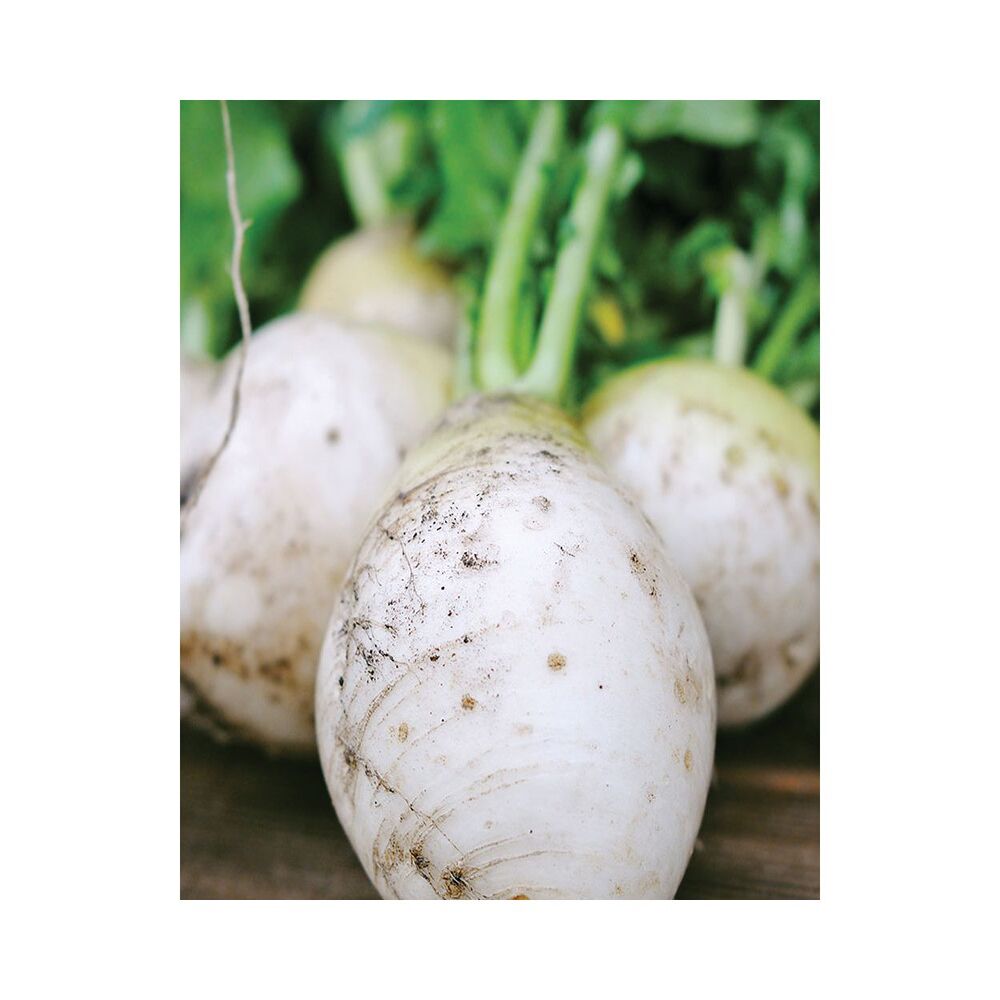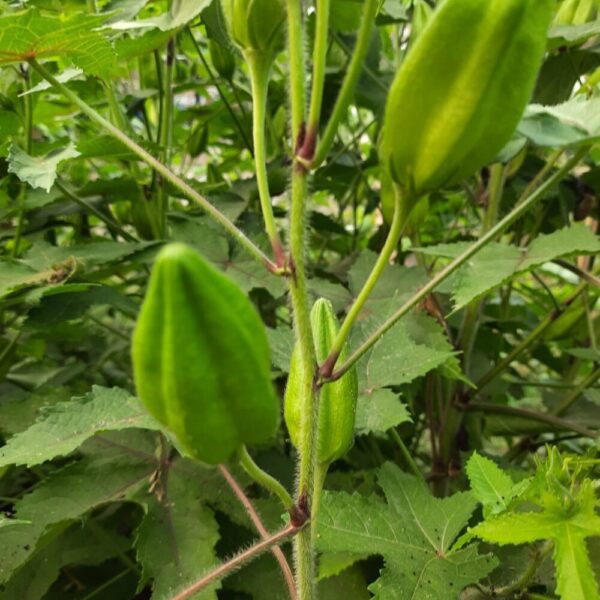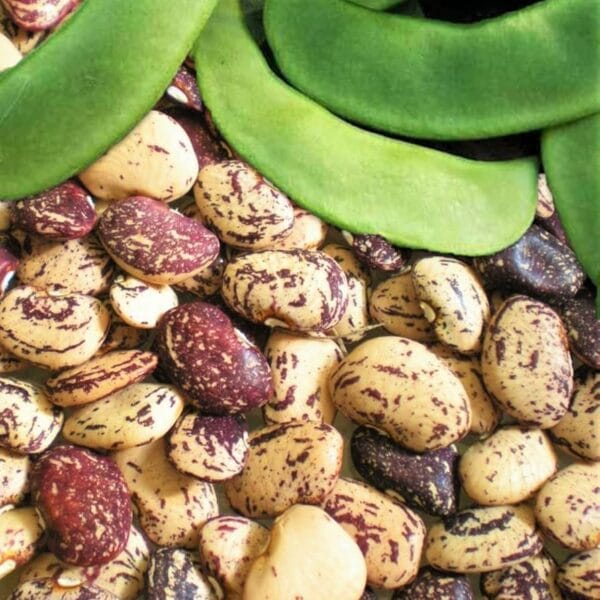SnowBall Turnip OP Gardening Seeds
SnowBall Turnip OP Gardening Seeds
Quantity: 3 grams
The Snowball turnip – a unique and common heirloom variety – a delightful addition to any garden, known for its attractive appearance, mild flavor, and nutritional benefits.
This variety thrives in cool weather and well-drained, fertile soil, making it an excellent choice for spring and fall planting. With proper care, including consistent watering and adequate spacing, Snowball turnips can yield a bountiful harvest.
Whether enjoyed raw, cooked, or in salads, these turnips offer a versatile and nutritious option for a variety of dishes.
36 in stock
SnowBall Turnip OP Gardening Seeds
The Snowball turnip is a popular heirloom open pollinated variety known for its smooth, white skin and crisp, tender flesh. It’s valued for its mild flavor and attractive appearance, making it a favorite among gardeners and cooks alike. Here’s an overview of the Snowball turnip:
Key Characteristics
Appearance: SnowBall Turnip OP Gardening Seeds are round and uniformly shaped, typically about 2-3 inches in diameter. They have smooth, bright white skin and white flesh. Texture: The flesh of Snowball turnips is crisp and tender, with a fine-grained texture. Flavor: These turnips have a mild, sweet flavor with a slight hint of nuttiness, making them versatile for various culinary uses.
Growing Conditions
Climate: SnowBall Turnip OP Gardening Seedsprefer cool weather and are best grown in spring and fall. They can tolerate light frost, which can even enhance their sweetness.
Soil: They thrive in well-drained, fertile soil rich in organic matter. The soil should be loose and free of stones to allow the roots to develop properly.
Sunlight: Turnips require full sun to partial shade, needing at least 6 hours of direct sunlight per day. Watering: Consistent moisture is essential, especially during germination and root development. However, avoid waterlogging, as it can lead to root rot.
Planting and Care
Sowing: Direct sow SnowBall Turnip OP Gardening Seeds in the garden as soon as the soil can be worked in early spring or late summer for a fall crop. Sow seeds thinly in rows about 12-18 inches apart.
Thinning: Thin seedlings to about 4-6 inches apart once they are 2-3 inches tall. This spacing ensures adequate room for the turnips to grow.
Weeding: Keep the planting area weed-free to reduce competition for nutrients and water. Hand weeding is recommended to avoid disturbing the shallow roots. Fertilization: Use a balanced fertilizer or compost to enrich the soil before planting. Avoid excessive nitrogen, which can lead to more foliage at the expense of root development.
Harvesting Timing: Snowball turnips are typically ready for harvest in about 50-60 days after sowing. They can be harvested when they reach about 2-3 inches in diameter.
Method: Gently loosen the soil around the turnips with a garden fork before pulling them out. Harvesting during cooler parts of the day, such as the morning, can help maintain their crispness. Storage: Turnips can be stored in a cool, dark place. If refrigerating, remove the tops and store the roots in a plastic bag to retain moisture.
Uses
Culinary: Snowball turnips are versatile and can be eaten raw, roasted, boiled, or steamed. They are excellent in salads, soups, stews, and as a side dish. The greens are also edible and can be cooked like spinach or kale.
Nutritional Value: Turnips are low in calories and high in vitamins C and K, fiber, and antioxidants. They support digestive health, boost the immune system, and have anti-inflammatory properties.
Summary
The Snowball turnip is a delightful addition to any garden, known for its attractive appearance, mild flavor, and nutritional benefits. This variety thrives in cool weather and well-drained, fertile soil, making it an excellent choice for spring and fall planting. With proper care, including consistent watering and adequate spacing, Snowball turnips can yield a bountiful harvest. Whether enjoyed raw, cooked, or in salads, these turnips offer a versatile and nutritious option for a variety of dishes.
Heirloom Seeds, native seeds, desi seeds, organic seeds, kitchen gardening seeds, seed store, vegetable seeds, seed savers of India
| Weight | 12 g |
|---|---|
| Dimensions | 11 × 8.5 × 11 cm |







Reviews
There are no reviews yet.